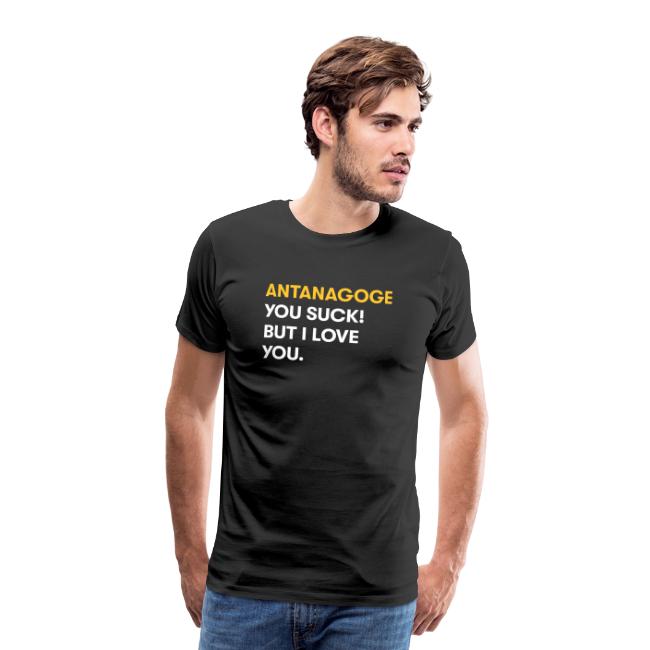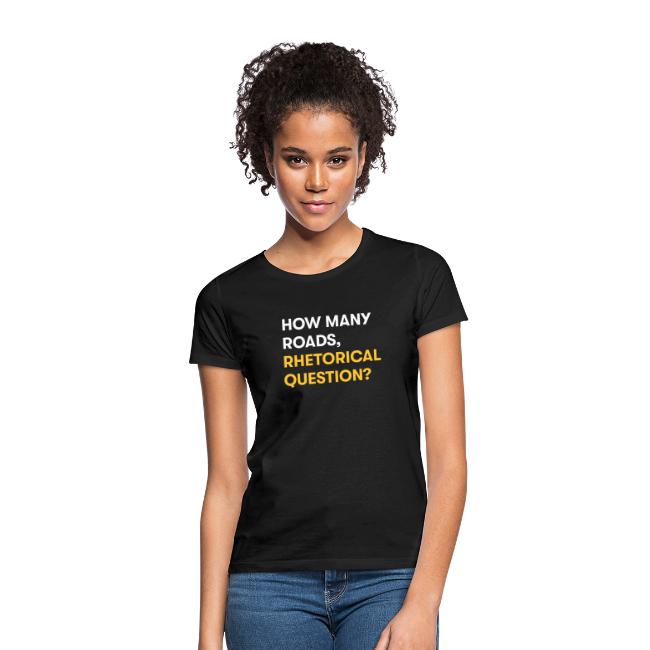No one understands them. No one buys them. I love them.
On 5 October 2005, I fell in love with public speaking thanks to Toastmasters. Ever since I have developed a deep passion for rhetorical devices. This passion grew even more when in July 2009, facing bankruptcy, I had to turn my passion for rhetoric into a profession.
Rhetorical devices add flavor to your speech. They arouse your audience thanks to their intellectual beauty. They make your content more memorable.
Not many people know about all this. This is why I started to create this rhetoric wear.
Obviously, it’s for cool geeks only. But, certainly, Aristotle was one of them.
CLICK THE MODELS TO SEE ALL AVAILABLE PRODUCTS
The Triumvirate of Persuasion
ETHOS
Habits, moral habits – that’s the original meaning of ethos. Translated into the 21st century: credibility. According to what we can read, ethos is Aristotle’s number one. Your content can make all the sense in the world. You can touch my emotions as much as you want. If I don’t believe you, you are out! Protect your charisma, protect your ethos.
Rhetorical Beauty
ANTANAGOGE
An antanagoge is a figure in rhetoric, in which, not being able to answer the accusation of an adversary, a person instead makes a counter-allegation or counteracts an opponent’s proposal with an opposing proposition in one’s own speech. Don Rickles, the comedian, was a master of antanagoge.
ANTIMETABOLE
Do you remember what JFK said in his inaugural address on January 20, 1961? The most memorable line is, “Ask not what your country can do for you – ask what you can do for your country.” Reversed repetition. Chiasmus. But – when you use the same words – similar to ABBA – it’s the special form of chiasmus. It’s called antimetabole.
DISTINCTIO
A figure of explication in which an introductory reference to a word’s meaning is made (e.g., “by x I mean”, “which is to say that”, “that is”) followed by a further elaboration of that word’s meaning; explicit definition of or elaboration upon the meaning or meanings of a particular word or set of words. — americanrhetoric.com
EPISTROPHE
EPITHET
It describes a person, place, or object by accompanying or replacing it with a descriptive word or phrase. The word “epithet” comes from the Greek word “epitheton” which translates to “added” or “attributed.” Examples: Elvis Presley, the King. Bruce Springsteen, the Boss. Catherine the Great. Epithets are also great for describing a character’s personality in one word… “Turbo Timo”.
EPIZEUXIS
The repetition of a word or phrase in immediate succession, typically within the same sentence, for vehemence or emphasis. In his famous address to Harrow School on October 29, 1941, Winston Churchill said, “Never give in. Never give in. Never, never, never, never–in nothing, great or small, large or petty–never give in, except to convictions of honor and good sense.”
EXEMPLUM
The word example comes from the Latin word exemplum. Originally, it means a moral anecdote, brief or extended, real or fictitious, used to illustrate a point. The word is also used to express an action performed by another and used as an example or model. People love to speak generically. Especially when they speak in public. But specific beats generic. Give more specific examples.
METAPHOR
A metaphor compares two things (that are often not alike) by stating that one is the other. — mannerofspeaking.org
RHETORICAL QUESTION
What is the real power of a rhetorical question? You see, this is not a rhetorical question. Because not everybody (or the vast majority) will know the answer. But is that the real power? “No.” 🙂 It’s true. With rhetorical questions the answer is obvious. Mostly “yes” or “no”. In this t-shirt, though, the answer is “many” because it’s an allusion to Bob Dylan’s song “Blowin’ In The Wind”. The real power is that your audience confirms what you say.
SENTENTIA
The use of a famous proverb, maxim, quotation, or saying to support one’s argument. Using a proverb, etc. adds credibility to your words. A well-known and accepted proverb lends a “truth” to your argument. More at mannerofspeaking.org.

































